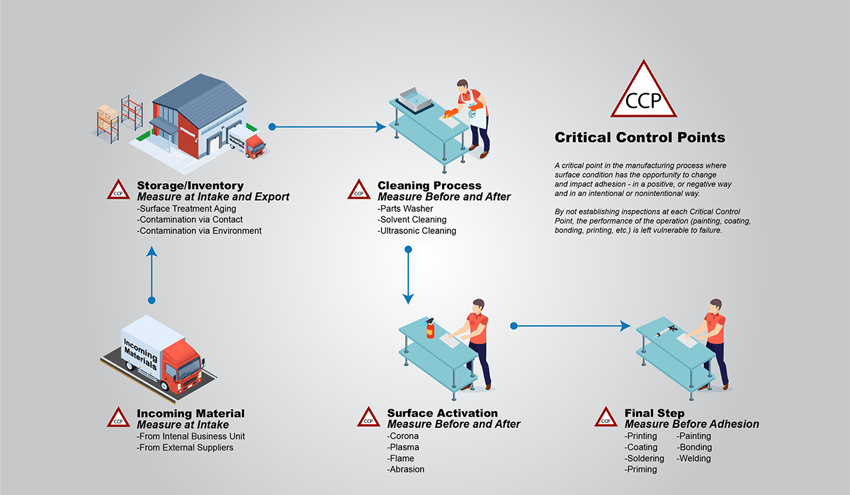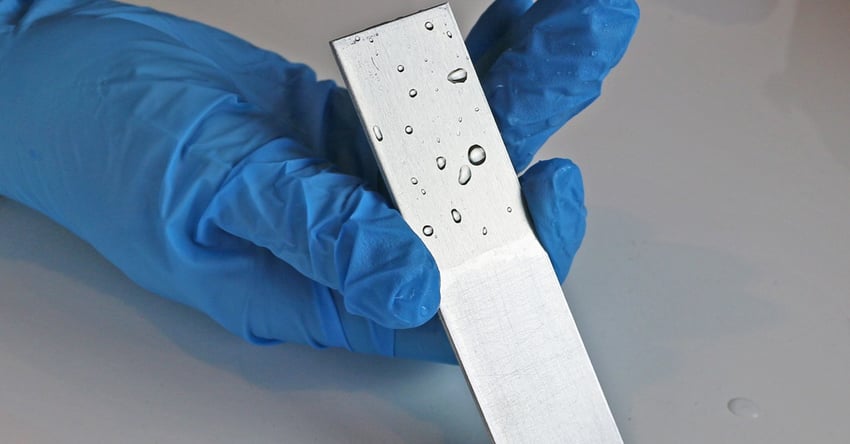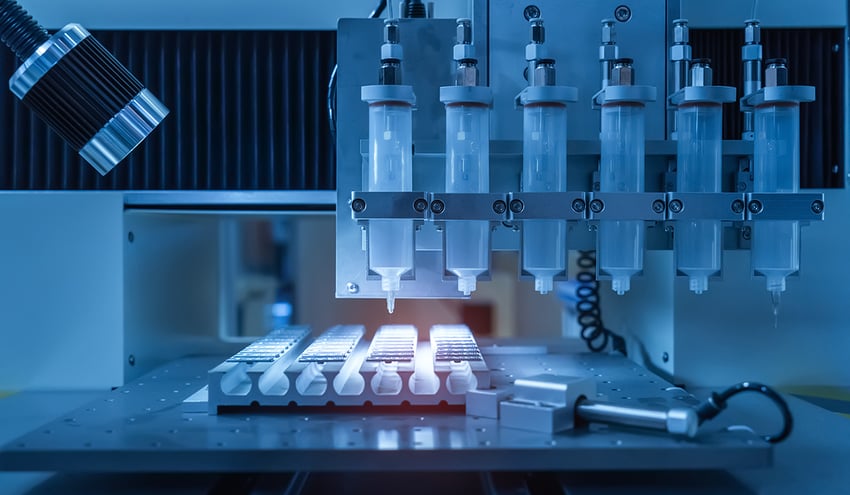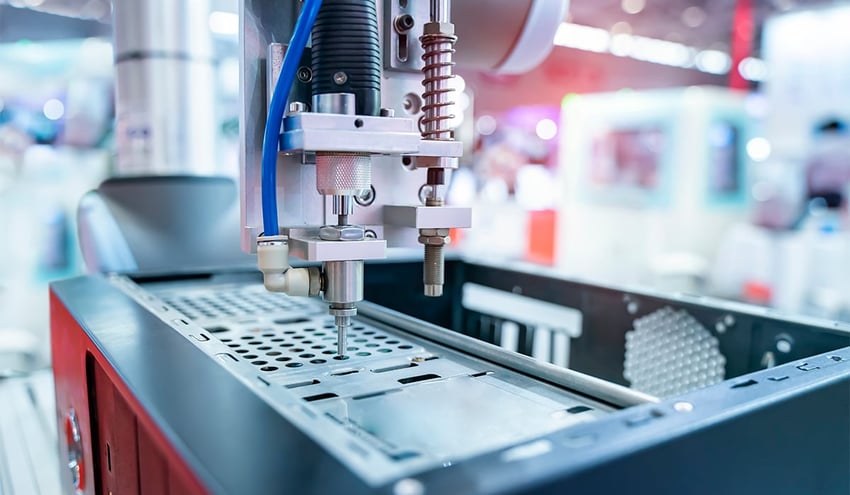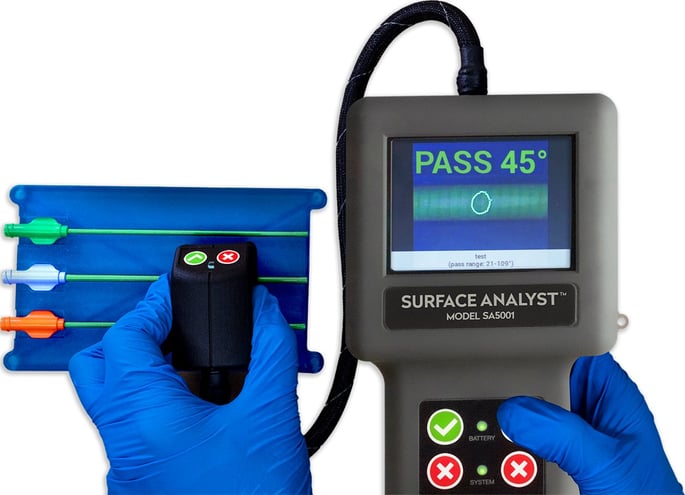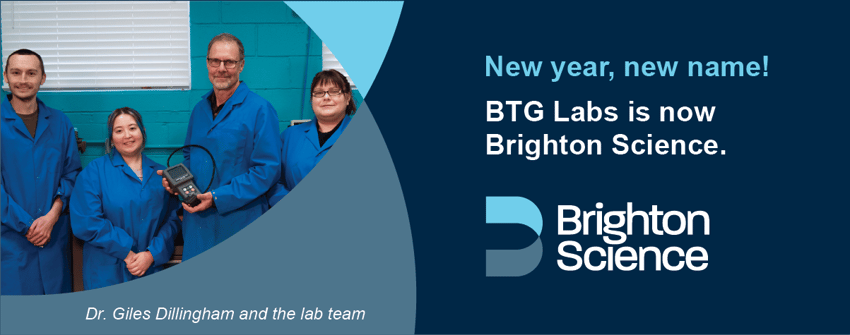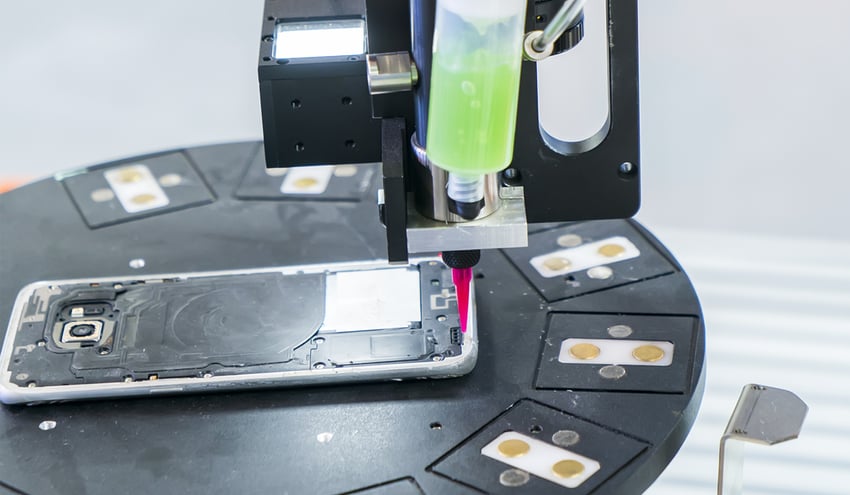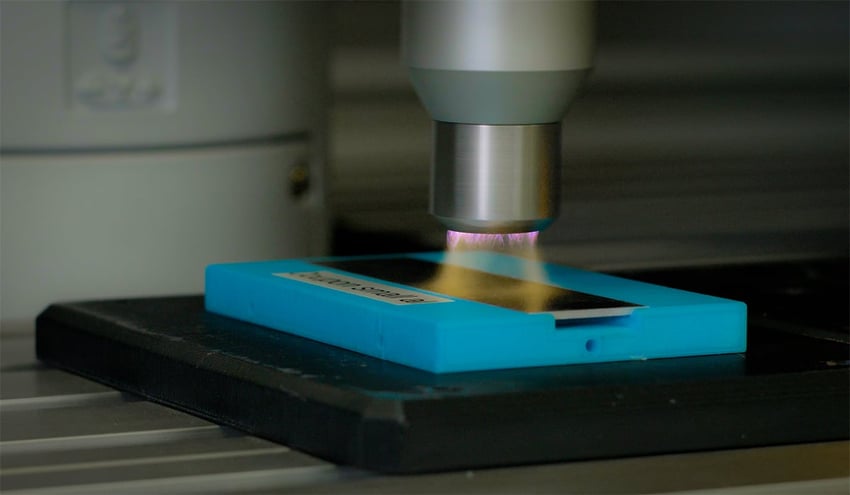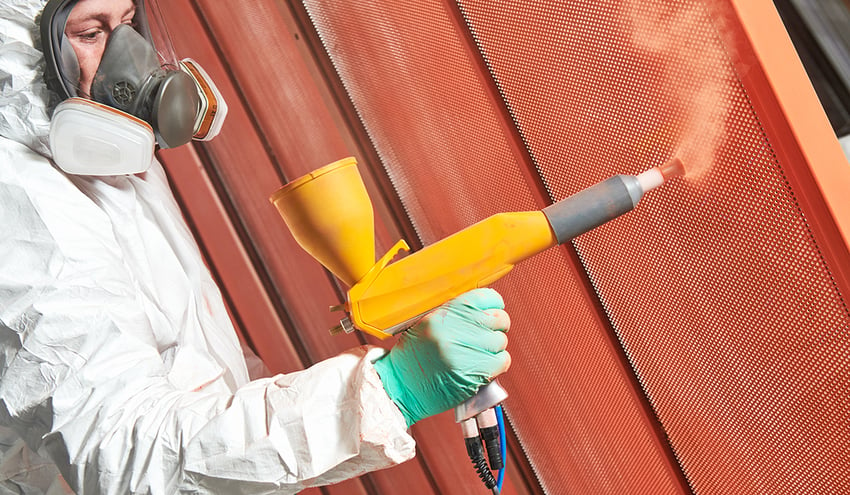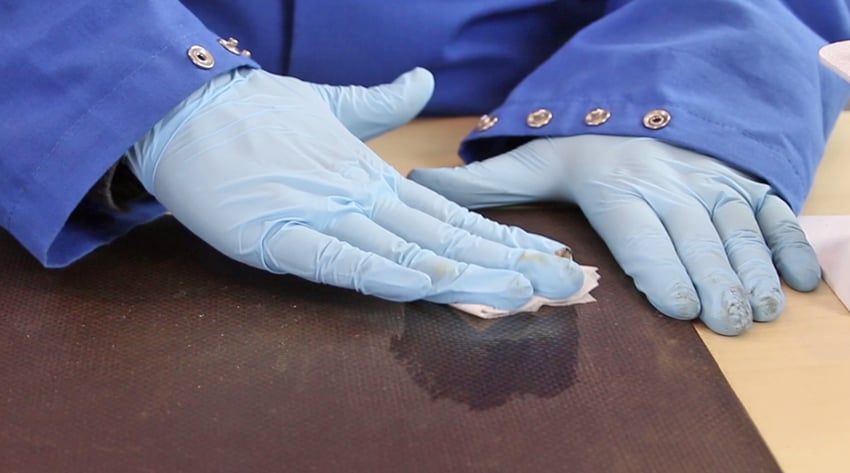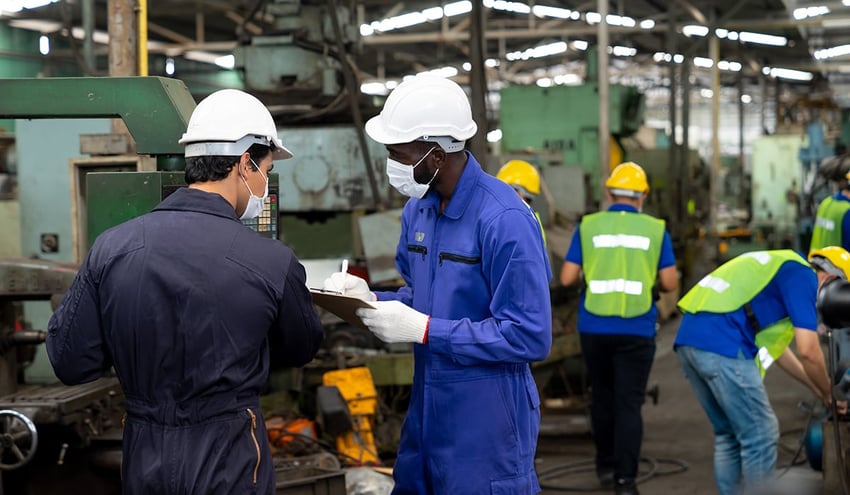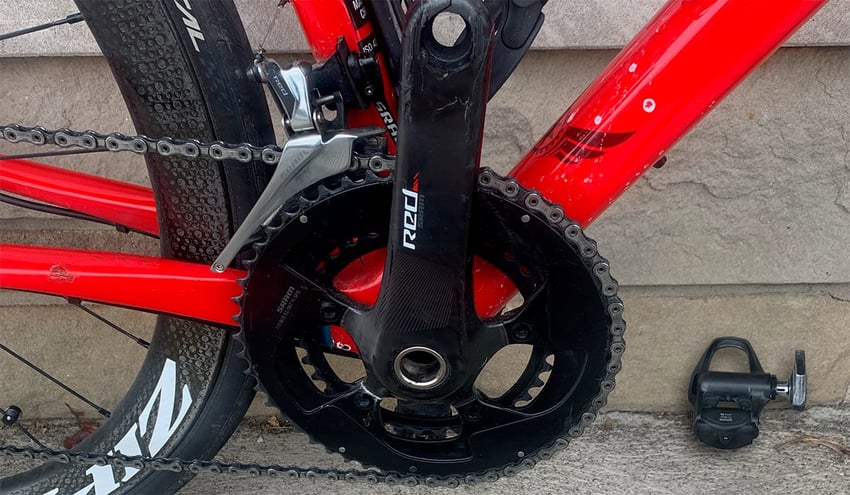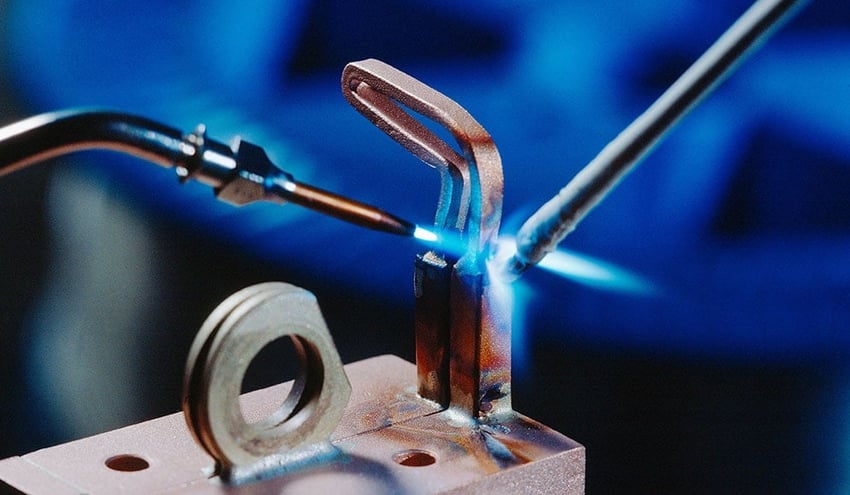Leadership of a manufacturing plant demands exceptional skill. Plant managers navigate a dynamic landscape of ever-evolving responsibilities. Drawing on a decade of collaboration with hundreds of companies across countless operational challenges, we've identified key insights to help tackle these core issues.
This blog post delves into five unconventional strategies targeting plant managers' five most prominent responsibilities. To initiate our exploration, we utilized AI (ChatGPT) to identify these core challenges. Subsequently, our team of experts reviewed and refined these findings, ensuring their practical application through a human lens (human intelligence).
We hope this article equips you with a roadmap of actionable strategies to streamline your operations and propel your continuous improvement journey. Let’s dig in.
Challenge One: Balancing Cost, Quality, and Output
You might be familiar with the "two-thirds rule" in project management: You can only achieve two out of three things—low cost, high quality, and timely delivery. In manufacturing, however, that equation doesn't hold true. Here, we strive for excellence in all three areas simultaneously. Plant managers face the constant challenge of balancing production volume to meet demand while never compromising quality. At the same time, they need to ensure cost-effectiveness throughout the manufacturing process.
The key to achieving this balance lies in leveraging the right resources. Plant managers need to constantly ask themselves this question: when it comes to the final product, is there a way to not just maintain but perhaps even enhance its quality while simultaneously reducing costs and improving overall efficiency?
It's table stakes for any company that their products perform as expected. However, businesses must produce at a lower cost and higher productivity to have a competitive advantage. When discussing product failures, we often think about how products break, come apart, leak, or peel. Whether it's the glass face of a smartwatch falling off, a poor seal on the packaging of critical components, an adhesion failure in medical devices, glass sealing failure, leaking automotive parts, EV battery issues, and many more. The root cause of these types of failures can be summarized as adhesive bonding failures. Manufacturers may not always think about them that way, but when two materials fail to stick together, it is a bonding issue that directly leads to customer dissatisfaction, recalls, bad press, diminished revenue, and expensive system overhauls.
These bond failures occur because of a lack of surface readiness when the bonding step is performed, or coating is applied. Verifying adequate surface preparation and component cleaning through a robust specification process ensures optimal adhesion and coating performance. This, in turn, facilitates a streamlined and efficient manufacturing workflow.
A controlled surface preparation process, informed by a thorough understanding of bonding variables, eliminates unnecessary steps and reduces cost.
Measuring surface readiness directly in the production environment through reliable quality assessment tools, such as intelligent surface measurement devices, provides real-time feedback on the effectiveness of the treatment process. This data-driven approach ensures optimal surface characteristics for successful bonding while minimizing material usage and streamlining production workflows.
Challenge Two: Supply Chain Disruptions
Manufacturing processes are made up of a network of suppliers for materials and components. Any delay or shortage along that chain has downstream consequences that can halt production and cause financial losses. Recent global events have clearly highlighted the vulnerability of complex supply chains and how they need to remain as robust and aligned as possible. Plant managers need to know their supply chains are durable, responsive, and reliable, and when inevitable disruptions occur, they need to be able to pivot quickly and keep the process flowing.
Suppliers significantly impact product quality, as they provide the key components that determine product performance. One of the most overlooked product characteristics is the quality of a component's surface. Suppliers can unknowingly send parts contaminated with substances detrimental to bonding, such as silicone. Or they may introduce products made from new compounds that a company needs to 1) know about and 2) understand to ensure they meet all specifications. This typically requires months of work with process engineers reviewing new materials and assembly methods.
Implementing a surface intelligence network like BConnect with Process Monitor functionality empowers cross-functional teams, including subject matter experts, suppliers, and engineers. This collaborative platform facilitates real-time material validation within their respective environments, ensuring adherence to established manufacturing quality standards.
This blog post, "Surface Intelligence: A New Opportunity in Supply Chain Management," explains more about integrating surface intelligence into the supply chain.
Challenge Three: Maintaining Efficient Production
Factory equipment needs regular maintenance to avoid breakdowns. Unexpected downtime can wreak havoc on production schedules. To keep all machinery in working order, managers must implement preventative maintenance plans and have protocols for dealing with breakdowns effectively.
Multiple stages within manufacturing processes rely on meticulous surface preparation to ensure optimal adhesion, coating, or sealing efficacy. This preparation often involves specialized equipment, such as abrasion methods, parts washers, plasma or flame activation treatment, laser cleaning, and others, tailored to achieve the desired material properties for subsequent assembly. Ensuring consistent process performance and optimal product quality hinges on continuously monitoring post-treatment surface quality across all preparation steps. This data-driven approach facilitates the timely replacement of cleaning chemicals and abrasives at their end-of-life, maximizing process efficiency and product consistency.
The successful implementation of surface modification techniques like plasma and laser treatment necessitates a thorough understanding of the desired post-treatment surface characteristics. This includes an equally comprehensive assessment of the pre-treatment surface condition. For instance, plasma treatment is ineffective in removing silicone, a contaminant known to impede bonding. Therefore, before plasma treatment, measuring the surface for the presence of silicone is crucial.
Pre-existing surface contaminants, along with factors like atmospheric contamination and human interactions, can introduce substances that can undermine the quality of surfaces and lead to long runs of faulty parts. Inadequate surface quality monitoring equates to a lack of equipment monitoring.
Manufacturers gain valuable insights into the efficacy of their processing machinery by implementing a comprehensive surface quality assessment strategy, encompassing pre- and post-treatment measurements for each cleaning, preparation, and treatment step. This data-driven approach prevents premature equipment replacement and eliminates rework caused by surface contamination introduced during processing.
By using Process Monitor as part of BConnect, you can precisely measure the conditions of your parts at Critical Control Points all along the production line. This approach lets businesses know precisely when a process goes out of alignment and can schedule maintenance or stop production before creating bad parts. Manufacturing companies can then learn which elements affect poor performance and remove them from their process, increasing uptime, quality, and throughput.
Challenge Four: Finding and Retaining Qualified Workers
As any plant manager knows, manufacturing jobs can be physically demanding and require specialized skills. An aging workforce and competition for talent make it challenging to find and retain qualified workers.
Skilled employees are a company's biggest asset and helping them understand how their behaviors affect product quality is a manager's top training priority. Hiring top talent and onboarding them quickly can truly put companies at a competitive advantage.
At Brighton Science, we've learned that one of the key factors affecting bond failure in manufacturing is human interaction with material surfaces. The more manufacturers understand about surfaces and gain surface intelligence, the more they come to appreciate that what happens to the top few molecular layers of the material surface profoundly impacts bonding, sealing, and coating processes. The ways that employees interact with components, materials, and products on the factory floor can make or break a manufacturing process.
That is why Brighton Science created Brighton Academy to educate users of all types from all manufacturing sectors with the core principles of maintaining surface readiness in the manufacturing process.
This can include:
- Awareness of how silicone in personal care products like deodorants and hand cream can affect surfaces and the environment.
- How the element of time between when surfaces are activated and bonding occurs plays a significant role in the bonding outcome.
- Understanding how measuring surfaces' chemical reactivity can help employees recommend changes to a process to eliminate steps
- And inform Kaizen teams about how to improve productivity in the minds of your employees.
Challenge Five: Keeping up with Technological Advancements
The manufacturing landscape is in a state of constant flux. While automation has long been a driver of efficiency, the rise of data-driven AI presents a significant leap forward. AI can analyze vast troves of data to uncover hidden patterns, optimize processes with precision, and predict future needs. Manufacturers who embrace this potential can tap into advancements in efficiency, product development, and overall productivity – all within a remarkably short timeframe.
However, this technological revolution demands more than simply keeping up with trends. New technologies like AI require investment and employee training to ensure successful integration. It's crucial for managers to become well-versed in these advancements and make strategic decisions about how and when to leverage them within their operations.
The reality is, what was considered "cutting edge" just a few years ago can be completely revolutionized by AI and machine learning overnight. This begs the question: who in your company is actively scouting for these emerging technologies?
You've likely heard the buzz surrounding AI, but are you exploring its potential within your daily workflow? Even simple steps, like trying an AI assistant for routine tasks, can open your eyes to the significant improvements it offers over traditional methods.
Imagine the impact AI could have on your customer support, product development, purchasing, and supply chain. When you consider these possibilities, you naturally start to wonder how your competitors might be leveraging them, and the potential consequences for your business.
When it comes to surface intelligence, Brighton Science has developed surface quality measurement solutions that integrate seamlessly into any manufacturing process and provide rich data about what's happening on the surface of critical materials/parts. That data can then be linked to other key data to understand what's happening throughout an entire manufacturing process and even across locations.
Imagine this: a coating, bonding or sealing problem pops up on the production line, but instead of scrambling with guesswork and waiting for reports, you can troubleshoot quickly with your team thanks to secure cloud-based solutions. These systems seamlessly share critical data between facilities, fostering clear communication across the enterprise. Plus, the ease of access unlocks new possibilities – think boosted productivity, deeper insights, and even smoother collaboration with vendors. It's a win-win for accountability across your entire supply chain.
At Brighton, we believe data holds the power to settle debates and guide informed decisions. We're happy to share our insights and showcase the transformative power of surface intelligence data in manufacturing. Get in touch with our experts to discuss how we can help your company thrive in this dynamic technological landscape.
To learn more about how your operation can use surface quality measurements to boost the manufacturing process, download the eBook "The Future of Manufacturing: A Guide to Intelligent Adhesive Bonding Technologies & Methodologies."








